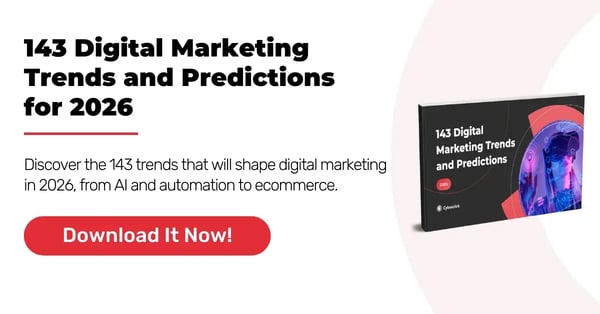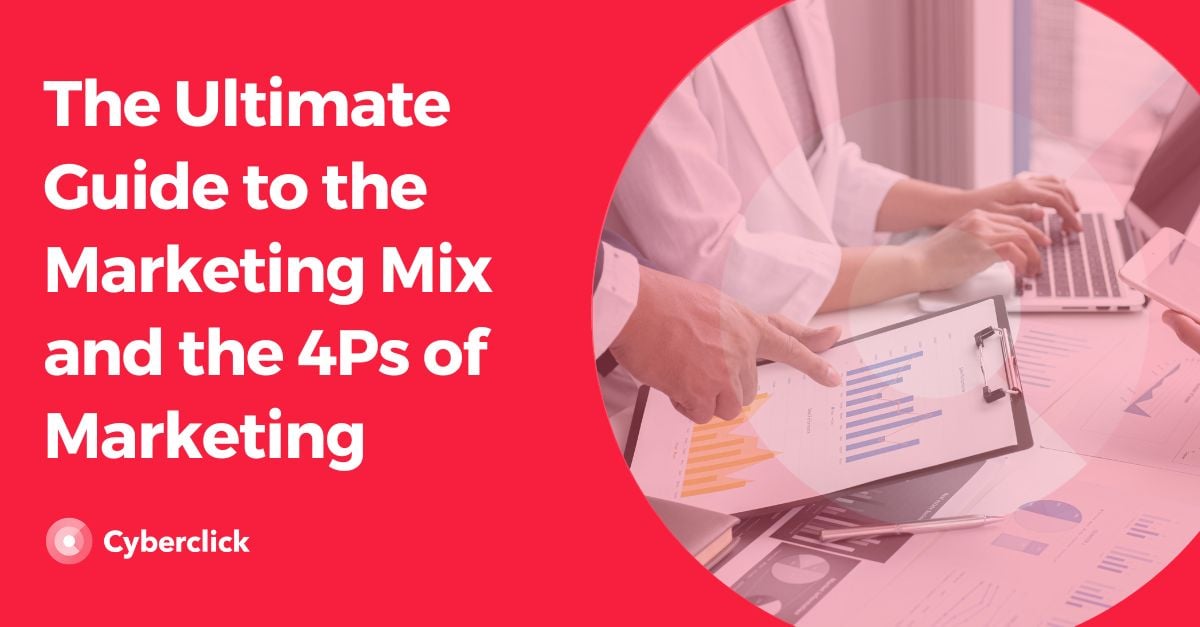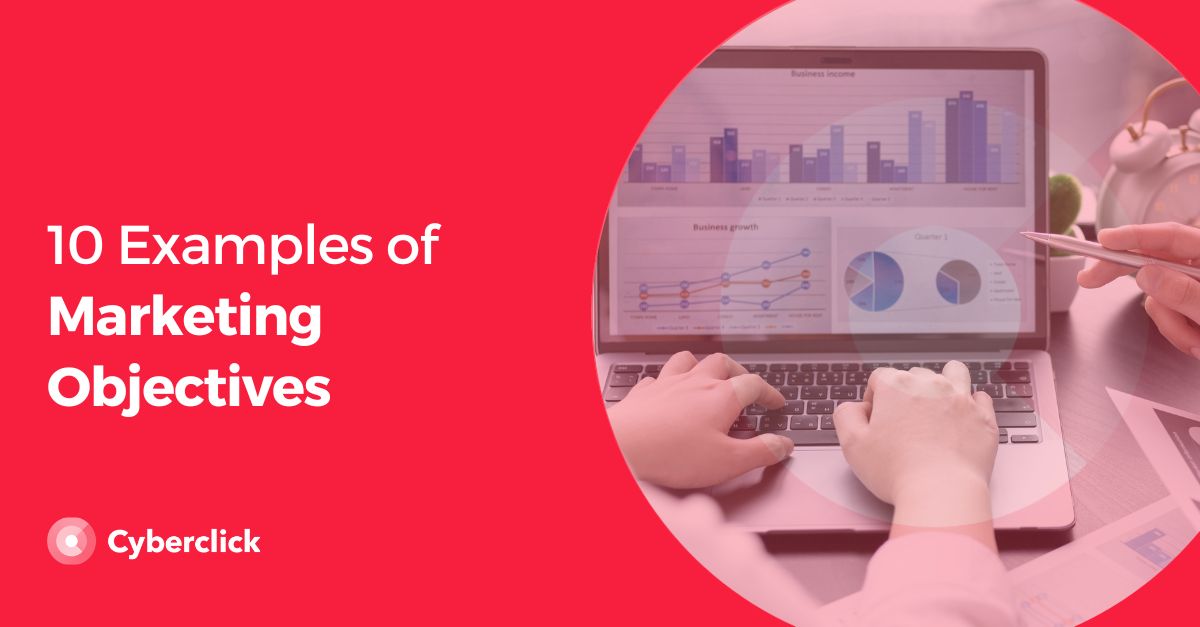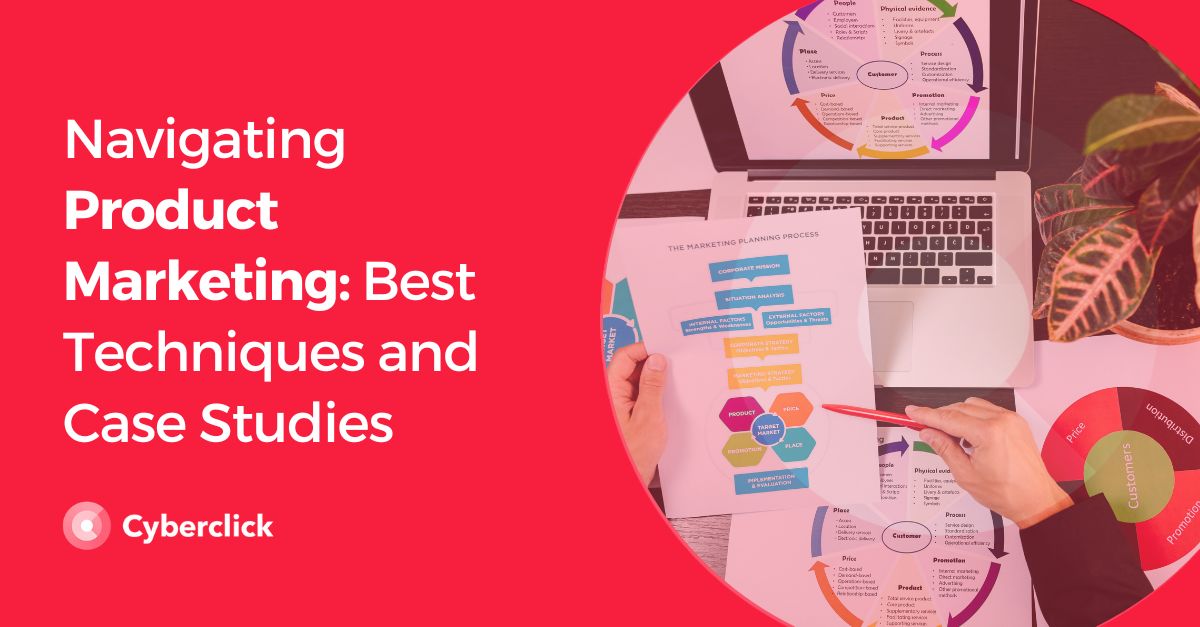If you have ever studied marketing strategy, you have surely heard of the famous "4Ps of marketing", but as our understanding of marketing evolves, new theoretical models are emerging. The 4Cs of marketing are consumer, communication, cost, and convenience.
The 4Cs are a paradigm shift because they put the consumer at the center rather than the brand or company. This fits much better in today's marketing ecosystem, where customer needs are paramount and consumers have a great deal of decision-making power.
1. Consumer
First and foremost is the consumer, the person who will actually be using the company's products or services.
Instead of focusing its efforts just on the product, a company must identify what the consumer's needs and desires are and design solutions for them.
The first step in understanding the consumer is developing a buyer persona. This is a semi-fictional representation of your brand's ideal customer, focused on his or her needs and pain points.
2. Communication
In the 4Ps model, the promotion of products and services is a key point, but this approach is too limited in today's marketing environment since digital media facilitates continuous interaction with the customer, and this should not be exclusively promotional.
Therefore, the 4Cs of marketing focus on communication, which includes all interactions between consumers and brands. The focus is no longer on convincing the public about the virtues of a product or service but on providing value to potential customers. Make sure you inform customers about what your brand offers and that you are available to answer questions or address concerns. This can be done quite easily and cheaply via social networks. In turn, this can increase your engagement levels on social media.
3. Cost
Where the 4Ps model focuses on price, the 4Cs model extends this concept to talk about cost.
The price the customer pays for a product is only a small part of the real cost. Think about what it takes for the customer to get the product. For example, the time it takes them to get to the location where it is sold (if that is a factor).
Also, consider what the benefits of the product are for the customer and whether or not these are able to offset the total costs. If they don't, think about how you can adjust your sales process to make it more customer-friendly.
4. Convenience
The last of the 4Cs of marketing focuses on the consumer's shopping experience. It seeks to make it as easy as possible for people to purchase products and services.
Thus, we not only have to think about the locations where products or services will be distributed but also about things like online shopping or the ease of use or installation. The goal is to reduce friction and make the whole experience as convenient as possible.
From the 4Ps to the 4Cs of Marketing
The classic "4Ps of marketing" model explains four key factors that influence the marketing and sales of the product. While they can be very useful from a sales point of view, they do not reflect the reality of everything that happens in marketing, as they focus on the company that produces the products.
As we mentioned, this new marketing method is an innovative and transformational approach as it shifts to position the user at the core, which is much more aligned with the current marketing landscape. Any business aiming to thrive in today's consumer-focused market environment should certainly consider these factors!
The Rise of the 7Cs Marketing Model
As marketing continues to evolve, some experts are expanding the 4Cs model to include three additional components--content, community, and connection--forming the 7Cs. This expanded model addresses the growing importance of digital content, community engagement, and building meaningful connections with customers in today's interconnected world.
Incorporating the 7Cs into your marketing strategy can provide a more comprehensive approach, ensuring that your brand not only meets customer needs but also builds a strong community and meaningful connections.
What is the 4Vs model?
The 4Vs model in operations (volume, variety, variation, and visibility) helps businesses optimize processes. Volume refers to production quantity, variety to product range, variation to demand fluctuations, and visibility to how much of the process is visible to customers.
What is the difference between the 7Ps and 4Cs?
The 4Ps (product, price, place, promotion) focus on the company's perspective, while the 4Cs (customer, cost, convenience, communication) emphasize the customer's viewpoint. The 7Ps (product, price, place, promotion, people, process, physical evidence) expand the mix, especially in service marketing.
What is a SWOT analysis?
A SWOT analysis is a strategic planning tool that helps businesses identify their internal strengths and weaknesses, as well as external opportunities and threats. This framework aids in understanding both the internal and external factors that can influence a company's success.
How do the 4Cs apply in business?
The 4Cs shift the marketing focus from the company to the consumer. By understanding customer needs, offering value-based pricing, ensuring easy product access, and enabling two-way communication, businesses can boost customer satisfaction and loyalty.
Digital Marketing Strategist en Cyberclick. Licenciada en Publicidad y Relaciones Públicas (URV), con un postgrado en Marketing y Comunicación Online (UAB). Especializada en Google Ads, Social Ads y analítica web.
Digital Marketing Strategist at Cyberclick. Degree in Advertising and Public Relations (URV), with a postgraduate degree in Marketing and Online Communication (UAB). Specialized in Google Ads, Social Ads and web analytics.






Leave your comment and join the conversation